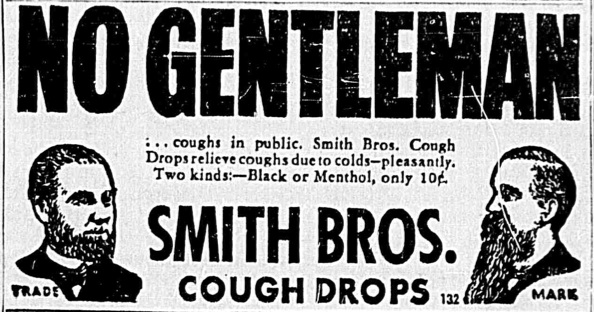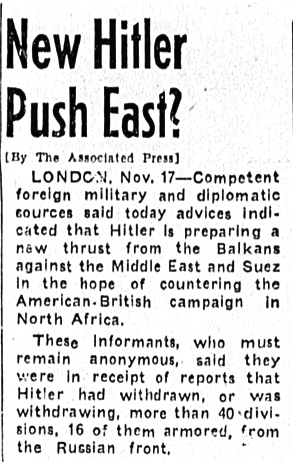Allies Make News on Various Fronts, Most of it Good
News Clippings from Nov. 20 - 23, 1942
Naval ratings off duty enjoying a bathe on the North African coast at Oran
or Mers-El-Kebir. Photo - RN Photographer, Imperial War Museum
Introduction:
Please find below news articles from The Winnipeg Tribune and a few photographs from the Imperial War Museum that reveal a sense of the times during mid- to late-November, 1942, as Allied forces continue to make positive advances on different war fronts.
Canadians in Combined Operations were likely finished - by November 20 - unloading soldiers and supplies from a goodly number of troop and merchant ships (belonging to "the biggest armada of all time" (up to that date, of course) and were on their way back to the U.K. for leaves, followed by more training associated with growing landing craft flotillas at bases throughout England and Scotland. Hopefully, they first had a chance to bathe on a sunny North African shore before leaving town (see top photo).
About his return to England after 11 days of hard slugging, my father writes the following in memoirs:
I went back aboard the Reina Del and headed for Gibraltar to regroup for the trip back to England. During the trip I noticed the ship carried an unexploded three inch shell in her side all the way back to England.
Just outside Gibraltar, Ettrick was torpedoed in her side and sank, and one rating from Ingersoll, Ontario was among those killed. She took four hours to sink and many were saved. We arrived in England without trouble. Our ship was fast, could do about 22 knots per hour, a knot being one mile and a fifth per hour....
A convoy is only as fast as the slowest ship and fast ships that make over 20 knots usually travel alone on a zig zag course so a sub cannot get lined up on them. That wouldn’t work today as subs are much faster. ("Dad, Well Done" page 26)
As was the case, my father had a girl friend in the U.K. and once back in England he looked through a handful of letters waiting for him:
Six weeks later we arrived back from North Africa to Liverpool on the Reina-del-Pacifico and in a few days the mail arrived from FMO and among my stack was a letter from Grace, now serving at the summer resort town of Blackpool.
Could I get a weekend leave? If so, she said she’d arrange rooming quarters and give me a phone number to call at a precise time. That’s if things became favourable for me, which they did, and quite soon I was stepping onto the train platform at Blackpool with Grace waiting with open arms. (Memoirs, page 54)
The following four photographs from Imperial War Museum are related to Operation Torch:
The following four photographs from Imperial War Museum are related to Operation Torch:
A12704. LCP's leaving the troop ship for shore.
RN Photographer Lt. L. Pelman, IWM.
A12824. Landing craft on their way inshore from transports.
RN Photographer Lt. F.A. Hudson, IWM.
A12978. Heading - Escort Ships return from the North African operations.
Londonderry, 22 November, 1942. Caption - Ratings on board a Corvette
reading letters from home which awaited their arrival in a British port.
RN Photographer Lt. H.W. Tomlin, Imperial War Museum.
A12980. The ship's company of a corvette which formed part of the North
Africa convoy, in good spirits on their return to harbour. Lt. H.W. Tomlin
A PDF file I located several years ago - a reprint of a lengthy piece first published in The Times (London, UK) after the war ended - sums up in its own way the work done by Allied forces in North Africa:
No attribution can be offered at this time. GH

More clippings and photographs related to Operation Torch to follow.
Unattributed Photos GH



















































































